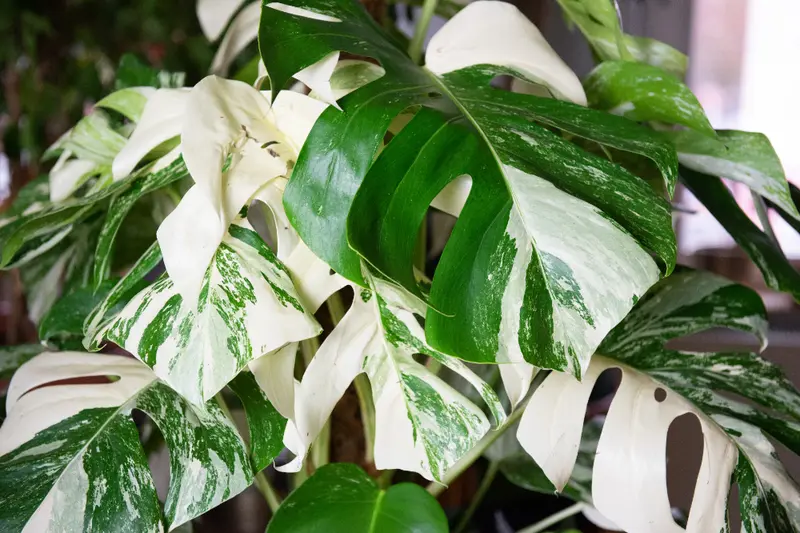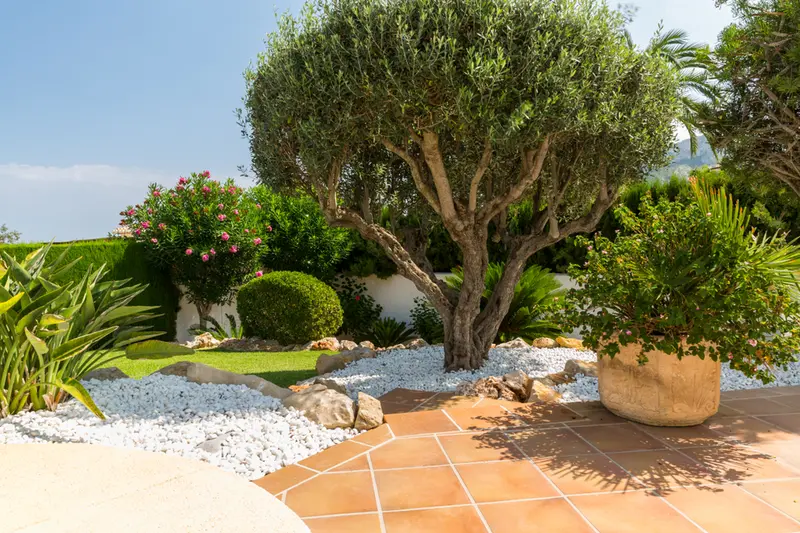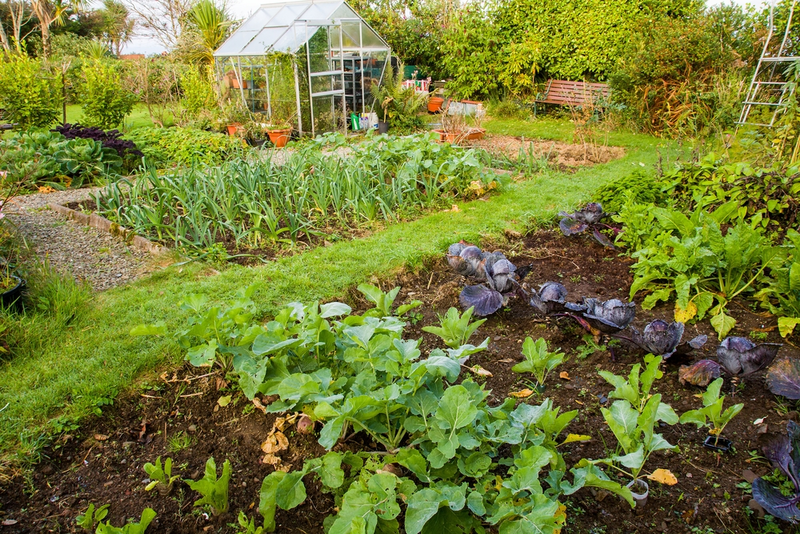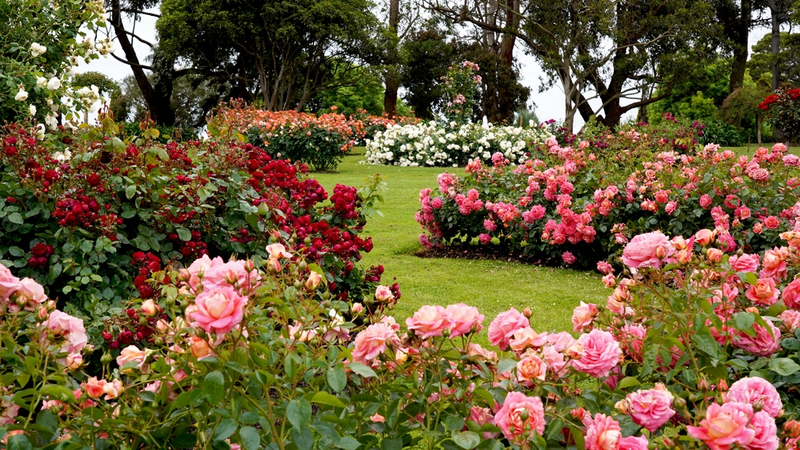When the first flush of summer flowers is over, gardens can start to look a bit tired by the time August arrives. But don't despair – there are plenty of plants that look fantastic at this time of year and will go on flowering well into autumn. Here are a few ideas to bring the colour back to your garden in August.

8 plants for a splash of late summer colour
-
Hydrangeas come in a wide range these days, from the traditional mopheads in pink, white or blue (depending on your soil pH) to the huge round flowerheads of Hydrangea arborescens ‘Annabelle’ or the long pendulous flowers of Hydrangea paniculata. Flowering from mid-summer into autumn, hydrangeas make a big impact in a mixed border and are great for shady gardens. They'll grow in full sun, too, provided the soil doesn't dry out and the smaller mopheads do well in pots.
-
Caryopteris x clandonensis (Bluebeard) is a deciduous shrub that looks fabulous in late summer, with its long stems covered in intense blue flowers that are a magnet for butterflies and bees. It grows well in full sun and is reasonably drought-tolerant.
-
Penstemons flower for months in summer, producing colourful sprays of tubular flowers well into autumn. They'll cope with some shade, though they bloom best in full sun, and best of all, they're said to be resistant to slug damage!

-
Dahlias come in an almost unlimited variety of colours and sizes, from dainty pom-pom dahlias to huge spectacular dinner plate dahlias with enormous blooms. If regularly deadheaded, they'll keep flowering right up to the first frosts.
-
Rudbeckia (coneflowers) have bold, daisy-like flowers with prominent dark centres. They're enormously popular with bees and other pollinators, and their rich glowing colours fit perfectly into the late summer garden. Leave the seedheads on the stems after the flowers have faded to provide food for goldfinches and other small birds.
-
Michaelmas daisies (previously called Aster, now Symphyotrichum) look beautiful in late summer and early autumn, with large clusters of daisy-like flowers in jewel-like colours. The plants vary in size from compact domes to large perennials with arching stems, so there's one for every garden.
-
Hylotelephium (previously called Sedum), also known as stonecrops, are succulents with large rounded, fleshy leaves, typically green or blue-green. Still, there are also stunning maroon varieties like Hylotelephium ‘Purple Emperor’. They produce clusters of tiny pink or purple flowers that are very popular with pollinators, and the dried flowerheads add texture to the border well into winter if not cut back. These drought-tolerant perennials are suitable for dry, sunny spots.
-
Japanese anemones (Anemone x hybrida and Anemone hupehensis) are perfect for shady spots, with bold maple-shaped leaves and tall stems bearing big, cup-shaped flowers in shades of pink or white. They appear reliably year after year and are great for low-maintenance gardens.
Want to add some extra colour to your garden this summer? Come in and see our fantastic range of plants – we’re sure you’ll find what you’re looking for!




